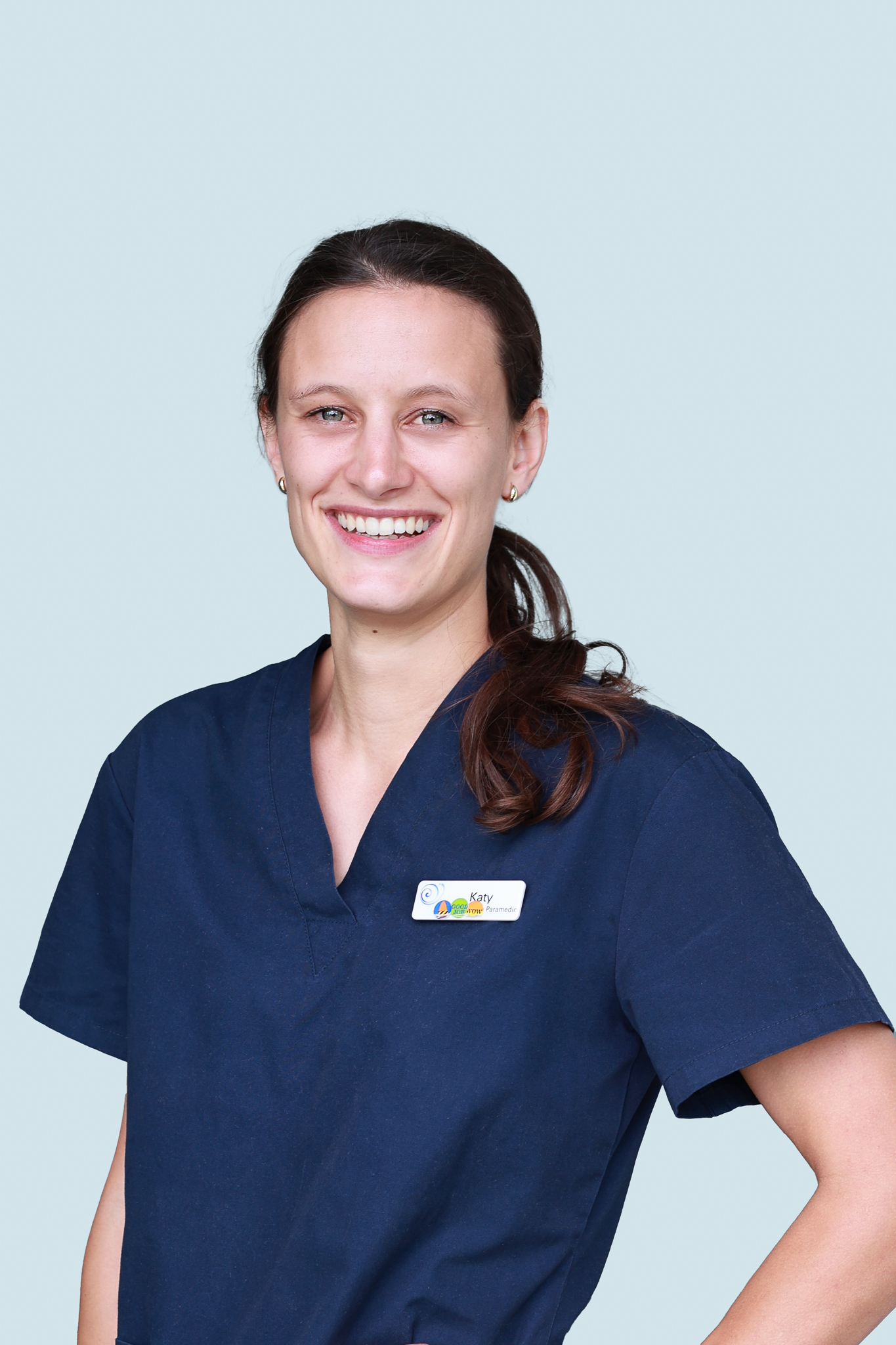
Auckland/Tāmaki Makaurau, Aotearoa New Zealand
With the primary healthcare system under pressure in Aotearoa New Zealand, health workforce shortages, and the traditional model of out-of-hospital care unable to keep pace with an ageing population presenting with more complex health needs, a growing number of GP clinics are adopting innovative new models of multidisciplinary practice and welcoming paramedics into extended care teams.
For Highbrook Medical Clinical Director Dr Daniel Calder in East Tāmaki, Auckland, the decision to employ paramedics was premised on the recognition that change was needed in order to provide more holistic, comprehensive and responsive healthcare to better meet the evolving needs of the community.
“There was a mismatch between what we were wanting to offer and what we were able to offer, and so as a clinic we were interested in looking at how can we do things a bit differently, and we've really embraced the idea of having an extended care team.
“That traditional model of GP and nurse may have worked okay in previous times, but now it's not really fulfilling all that we want to do for our patients and the community, so we've had a very deliberate approach to it. We looked at a variety of models and we knew that paramedics had lots of clinical skills and patient-facing skills and I really was interested in seeing how this could strengthen the services that we provide.”
Discussions with former Hato Hone St John Extended Care Paramedic Katy Morgan and the clinic’s General Manager followed to determine the parameters, functions and responsibilities of the role.
“We sat down and talked about what is it that a paramedic can do in a GP clinic, what are the pinch points for us in terms of what the patients are needing. And it became quite clear that this was an exciting opportunity that we wanted to explore. And Katy came on board.”
In addition to Katy, who has worked full-time for Highbrook Medical for the past 18 months, the practice has also employed another paramedic on a part-time basis. They have joined an extended care team that includes nurses, pharmacists, a health improvement practitioner operating in a mental health role, and a health coach.
“And I have to say it's been a roaring success. We're collectively looking after the patients that are coming through our doors. We've had excellent feedback from patients. Patients appreciate the service and the timeliness, and I think our clinical colleagues also really appreciate that the way that it's not a completely different domain, there's a lot of overlap but also are some differences in terms of expertise as well.”
Katy works in the practice’s acute walk-in clinic, where no appointments are necessary and people are able to seek immediate treatment. The aim for Dr Calder was to strike the right balance between scheduled care – pre-booked GP and nurse appointments – and unscheduled/ unplanned care.
“From a patient point of view, that's really important if they have an acute health need,” Dr Calder said. “There’s somewhere they can go. That’s alleviating pressure elsewhere in the system. In New Zealand, we've obviously got a huge issue with emergency department capacity. They are very stretched, and each patient that we can successfully manage out of hospital is not only a good thing for the ED department, it's also a very good thing for the patient because otherwise they would have lengthy waits.”
While initially a steep learning curve, Katy is now well-settled into her role, and sees between 12 and 21 patients per day. The main presentations involve colds and flu, musculoskeletal injuries, hand and shoulder injuries, chest pains and minor skin and wound injuries.
Her scope of practice is quite broad, working under a specifically designed Standing Order that enables her to dispense symptomatic and therapeutic treatments, including antibiotics and pain relief.
“I can cover basically most infections,” she said.
The walk-in clinic also alleviates the pressure on the clinic’s GPs, allowing urgent acute health issues to be immediately addressed and follow-up appointments booked if required.
“We have a system where we've got some one to three-day day follow-up appointments that I can utilise with the regular GP. If I’m worried about whether and infection is anaemic or infectious processes, I can do an initial work-up, arrange investigations where needed such as blood tests, start them on a treatment regime and get them reviewed in a timely manner to make sure it is improving. Or if it's not, then they can get an appointment with the GP.”
If there are any issues with the medications or a medication review is needed, patients can be referred to the clinic’s pharmacist, who will examine their history and then advise the GP. There are also long-term care nurses and a health coach for lifestyle matters.
“It means that when a patient comes to see me as a GP, their acute infection or acute pain issue, or a variety of different things, might have then been resolved, so I can then focus a bit more on the long-term conditions,” Dr Calder said. “It's important because we're still very much in the 15-minute model when it comes to GP appointments and the patients have a lot that they want to cover in those 15 minutes.”
For Katy, working in the acute clinic offers immense professional satisfaction in delivering a better quality of care for short, medium and long-term patient care and for patients with lower-acuity conditions.
“I get the chance to follow up, which is really exciting because whenever you get treated them in the ambulance, you often didn't get a chance to either go back to the hospital or you didn't see the results. You didn't know what happened with that patient, and it's been really beneficial to be able to see how they're progressing.”
For Dr Calder, the benefits to both patients and the clinic are clear.
“The old model isn't working any more. From my point of view on the management team, we've certainly seen the benefits of having paramedics on board.”

Get unlimited access to hundreds of ACP's top courses for your professional development.
Join Now